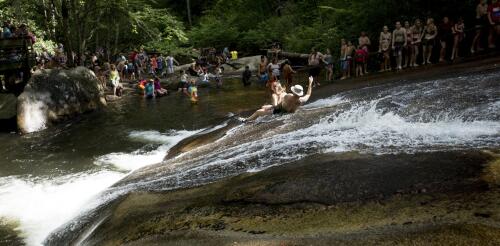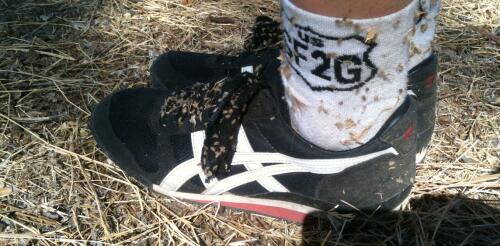Trails
Outdoor recreation is on track for another record-setting year. In 2022, U.S. national parks logged more than 300 million visits – and that means a lot more people on roads and trails. While research shows that spending time outside is good for physical and mental health, long lines and gridlocked roads can make the experience a lot less fun. Crowding also makes it harder for park staff to protect wildlife and fragile lands and respond to emergencies. To manage the crowds, some parks are experimenting with timed-entry vehicle reservation systems and permits for popular trails. For all of their popularity, national parks are just one subset of U.S. public lands. Across the nation, the federal government owns more than 640 million acres (2.6 million square kilometers) of land. Depending on each site’s mission, its uses may include logging, livestock grazing, mining, oil and gas production, wildlife habitat or recreation – often, several of these at once. In con...
With spring settling in across the U.S. and days lengthening, many people are ready to spend more time outside. But after a walk outdoors, have you ever found seeds clinging to your clothes? Lodged in your socks and shoelaces? Perhaps tangled in your pet’s fur? While most of us don’t give these hitchhikers much thought, seeds and burrs may be the first signs of invasive plant spread. Certain species of non-native invasive plants produce seeds designed to attach to unsuspecting animals or people. Once affixed, these sticky seeds can be carried long distances before they fall off in new environments. With favorable conditions, they can become established quickly and outcompete native plants. Outdoor recreation has expanded at a record pace across the U.S. in recent years. Overcrowding in outdoor spaces has many harmful effects, from degrading trails to accelerating the introduction and spread of invasive plants. As a recreation ecologist and an avid hiker, I study h...

